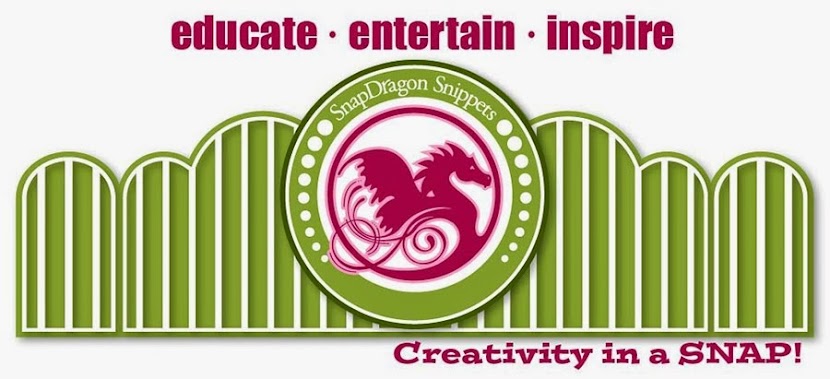Here are the cut shapes used to create the 3D bi-plane.
A. wing struts
B. lower wings
C. upper wings
D. fuselage (body)
E. nosegear end octagon
F. nosegear side pieces
G. prop stem
H. propeller
I. tail wing
J. tail fin
K. wheels
L.wheel accents
Step 1. Fold wing struts (A) in half at center perforation,
and glue rectangle layers. Bend end tabs at perforations.
Step 2. Fold end tabs away from each other
so they are perpendicular to the strut body.
Step 3. Location lower wing piece (B).
Fold inset tabs "landing gear" together so they extend away from
the face of lower side of the wing.
Step 4. Fold the lower wing in half along perforation.
Lower surface will need to pivot inward slightly
so that edges of center cutout come together
and the wing has a slight "delta" shape.
Step 5. Insert strut tab into slot on upper surface of lower wing as shown.
Step 6. Apply glue to each outer surface of strut tabs.
apply pressure until glue holds firmly.
NOTE that strut tabs will be concealed inside
of wings when wings have been layer-glued.
Step 7. Apply glue to inner wing surfaces.
Fold underwing and press so that edges at center come together.
Apply pressure until glue holds.
Step 8. Locate upper wing (C) and fold in half at perforation.
Position over previous underwing assembly and insert
strut tabs into slots. Make sure that the curve cut out and
notch of wings are on the same side of the wings pair.
Step 9. Fold tags down and glue into place the same as underwing.
Step 10. Apply adhesive to the inner surfaces of upper wing,
fold and glue in place. This is how the wing assembly
should appear when finished.
Step 11. Locate the fuselage piece (D) and fold on
perforations all around body. Apply glue to face of long
tab, overlap corresponding opposite edge and apply pressure
until glue is secure.
Step 12. Fold tabs on pilot compartment end
inward as shown.
Step 13. Locate nose gear end octagon (E) and nose side pieces (F).
Insert side piece end tabs into E slots as shown. Glue end of tab
in place on the underside of E.
Step 14. Continue inserting tabs and gluing in place until
all are in place, as shown here.
Step 15. Work downward/outward along side pieces, folding each at perforations.
Slide each side tab of first perforation "ring" under the adjacent "ring" edge
and glue in place. Apply pressure until tab is secure.
Step 15. Repeat the overlap and gluing process for each of the
remaining mid- and bottom "levels" or rings
of the nose side pieces until the end piece is fully assembled
as shown above.
Step 16. Body end tabs will be inserted into the nose assembly,
but first the propeller stem will be prepared and inserted into nose.
Step 17. Complete a "dry fit" to see how the nose piece
fits over the fuselage.
Step 18. Fold the prop stem (G) on all perforations so that
it takes its dimensional tube form.
Glue the end tab under the corresponding opposite side.
Apply pressure until glue holds firmly.
Use a toothpick or other small rod inserted inside the
"tube" to help apply pressure along the seam being glued.
Step 19. Insert the square end tabs into
corresponding slots on nose assembly octagon
and glue in place.
(NOTE this image shows the nose assembly attached to
the fuselage. It may be easier to apply pressure to the
tabs inside the nose assembly if the nose is still
separate from the body at this stage.)
Step 20. Apply glue to appropriate surfaces of body tip tabs,
then slide body into nose assembly.
Apply pressure by inserting finger(s) into fuselage.
Prepare the propeller (H) by folding on perforations,
overlapping the end triangle side edge over
the corresponding tab, and gluing to secure.
Using a toothpick or rod may help with this seam, too.
Step 21. Bend the prop stem end triangle tabs inward slightly.
Apply glue inside the prop "cone", then slide over the triangle end
tabs and hold in place until glue is secure.
Step 22. Fold each prop fin away from tip cone,
and add a slight bevel or twist for realism,
as shown above.
Step 23. Slide the body between the wings assembly
as shown. Make sure that the pilot compartment
and the upper wing circular cutout are on the "top"
of the plane assembly. Apply glue to touching surfaces.
Apply pressure until glue is secure.
Step 24. Identify the horizontal tail wing (I) and vertical tail fin (J).
Fold each in half at perforation and glue layers.
Slide the vertical fin and tail wing together at center slots.
Step 25. Match each tail assembly edge with corresponding
end slots of body. Apply glue to edges and slide into place.
Hold in place until glue is secure.
This image shows the tail assembly in place,
viewed from above.
Step 26. Assemble the wheels (K & L) by gluing the smaller accent shape
centered on the larger wheel shape. Position and glue assembled
wheels on outer surfaces of landing gear tabs (see Steps 3 & 4)
with tab end flush with lower edge of wheel as plane rests on table.
Here again is the completed project.






























